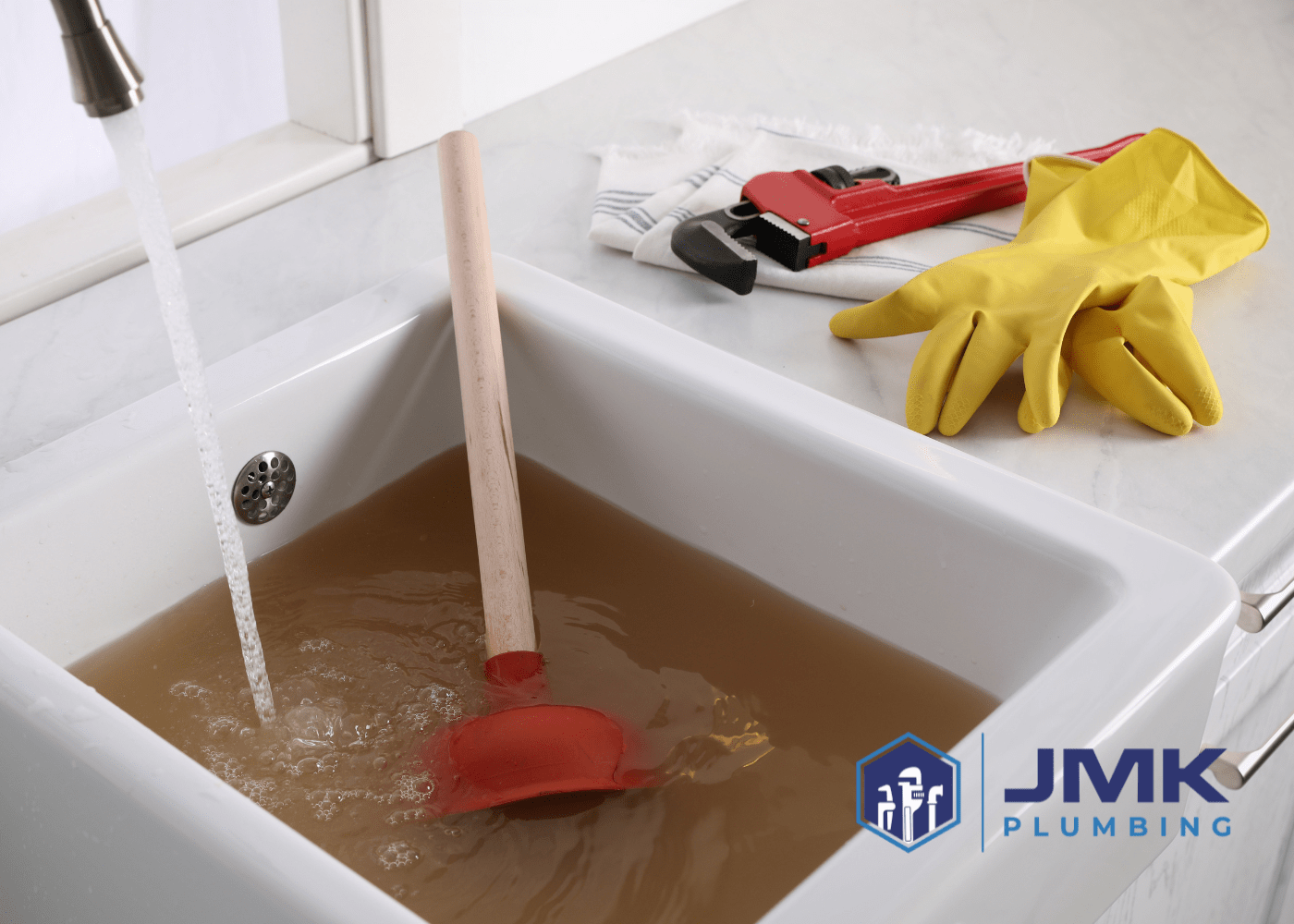10 Common Causes Of Persistent Clogged Drains

A smoothly flowing drain is something most of us take for granted—until it isn’t. The inconvenience of a clogged drain is undeniable, disrupting daily tasks from washing dishes to taking a shower. But when these clogs become a recurring headache, it’s essential to understand the root causes. Uncovering the reasons behind these stubborn blockages can be the key to preventing them in the future and maintaining a hassle-free home.
1. Hair Buildup
One of the most prevalent causes of shower and bathtub clogs is the accumulation of hair. Over time, hair can form a net-like obstruction, trapping other debris and causing slow or completely blocked drains. Installing a drain guard or hair catcher is an effective preventive measure. Regular cleaning of these tools is essential to ensure they work effectively. For existing clogs, a drain snake, or a specially designed hair clog removal tool can be used. Stubborn clogs, however, should be handled by a professional plumber.
2. Soap Residue
The combination of soap and minerals in water can leave a hard residue known as soap scum. This soap scum can adhere to pipes, reducing the drain’s diameter and causing a clogged drain, especially in bathtubs and showers. Switching to soap-free washes or synthetic soaps can help reduce soap scum. You can also use a mixture of vinegar and hot water to break down existing residue. For severe buildup, contacting a professional plumber to clean the pipes might be necessary.
3. Grease and Fat
Kitchen sinks are particularly susceptible to clogs due to the buildup of grease, fats, and oils. When washed down the sink, these substances solidify in the pipes, leading to blockages. Grease or fats should never be poured down the drain- instead, they should be collected in a container and disposed of in the trash. To clear grease that has already accumulated, use a natural solution like baking soda followed by hot water, or a commercially available grease-cleaning product. Grease clogs can be hard to get rid of though, and many require a professional plumber to handle.
4. Foreign Objects
Objects that shouldn’t be flushed or washed down the drain, such as toys, sanitary products, or even accumulated toothpaste caps, can easily lead to a clogged drain. Educate all household members, especially children, about what cannot go down the drain or be flushed. Installing drain grates can help catch larger objects. If foreign objects are already causing a clog, removal by a professional plumber may be necessary.
5. Food Particles
Even with a garbage disposal, certain food particles like coffee grounds, tea leaves, eggshells, and starchy foods can accumulate in pipes and lead to blockages over time. Avoid putting hard-to-grind waste down the garbage disposal. Installing a sink strainer can prevent particles from entering the drain. Regularly run cold water through the disposal to flush out any remaining food particles. For existing clogs, a mixture of baking soda and vinegar followed by boiling water may help clear the obstruction. Not having luck with DIY remedies for your clogged drain? Time to call a plumber.
6. Tree Roots
For main sewer line clogs, tree roots are a common culprit. They can infiltrate the sewer line in search of water, leading to significant blockages. If roots have entered the sewer line, specialized root-cutting tools and herbicide treatments can address the problem. However, in advanced cases, pipe repair or replacement might be necessary.
7. Mineral Buildup
In areas with hard water, mineral deposits can accumulate in the pipes over time, restricting water flow. Installing a whole-house water softener can prevent mineral deposits. For pipes already affected, these deposits often require professional removal. Professional descaling or hydro-jetting can remove the buildup, and, in severe cases, pipe replacement may be the most practical solution.
8. Collapsed or Damaged Pipes
Old, deteriorated, or physically damaged pipes can restrict flow or even block it completely. This might be due to ground movement, root intrusion, or age-related wear and tear. Routine inspections can help catch damage early. For identified pipe damage, professional repair or replacement is typically necessary.
9. Improper Pipe Installation or Sloping
If pipes aren’t installed with the proper gradient or if there are bellies (dips) in the line, it can result in standing water and debris accumulation. This issue requires a professional assessment. Plumbers can use cameras to inspect pipes and determine if improper sloping or installation is causing drainage issues. Solutions may include pipe re-routing, re-sloping, or installing additional cleanouts.
10. Single Vent for Multiple Fixtures
In some older homes, several fixtures might share a single vent. If this vent gets clogged, it can affect all connected drains, leading to frequent blockages. For homes experiencing persistent issues due to a single vent system, consider consulting with a plumber about upgrading the home’s plumbing to include additional vents. This modification can help ensure proper drainage and prevent a clogged drain in the future.
Conclusion
For homeowners, recognizing these common causes can help prevent recurring clogged drain issues by adopting better habits and maintenance routines. But when in doubt, it’s always wise to call in a professional to ensure that clogs are adequately addressed and to prevent any potential damage to the plumbing system.